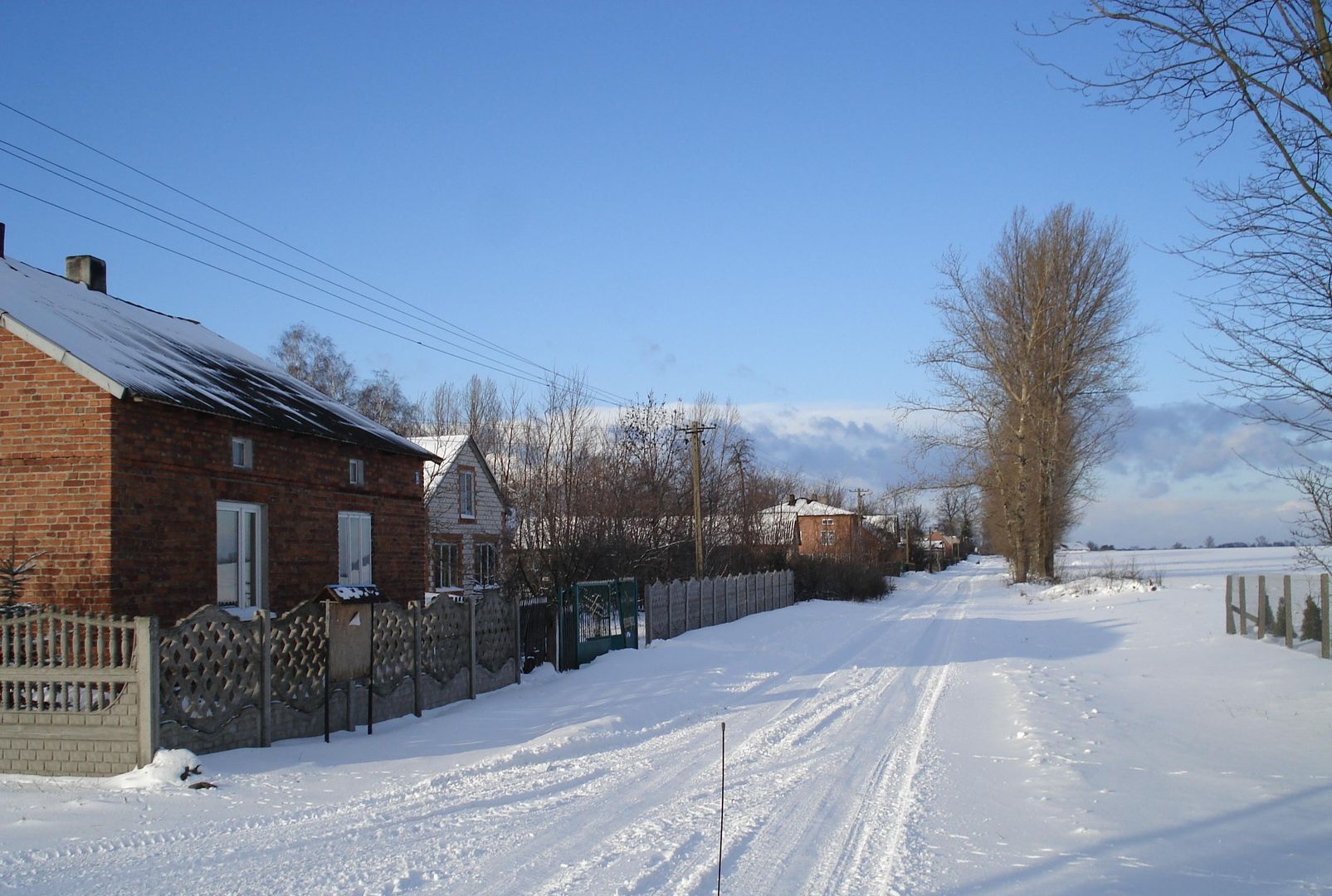Paradzice
6.6

Overview
Parądzice is a village in the Łódź Voivodeship with a rich history dating back to the 11th century. The first written mention dates from 1357, when the village was owned by the Archdiocese of Gniezno. Initially, Parądzice was a linear settlement with architecture typical of the 10th–13th centuries, and its inhabitants were engaged in agriculture. Over the centuries, Parądzice was a source of numerous border disputes, and the surrounding noble landowners often contributed to its impoverishment through confiscation of property. During the Swedish Deluge and other military conflicts in the 17th and 18th centuries, the village suffered from looting and destruction, leading to economic decline. In the 19th century, after the secularization of the archbishop's estates, Parądzice became government property, which influenced further urbanization and reorganization of the settlement, transforming it into a row village. In the 1960s, construction of a school began, which opened in 1964 but was closed in 2013. Parądzice was also the site of various community initiatives, such as the establishment of a Volunteer Fire Department. During World War II, the village was incorporated into the Wartheland, where residents experienced Germanization and forced resettlements. A valuable cultural feature of the village are houses with unique architecture, including a historic building from 1910 and another built by the Germans during the occupation, both currently threatened with demolition. Parądzice, with its history and unique character, offers an interesting insight into socio-cultural transformations over the centuries.
Location
2025 Wizytor | All Rights Reserved